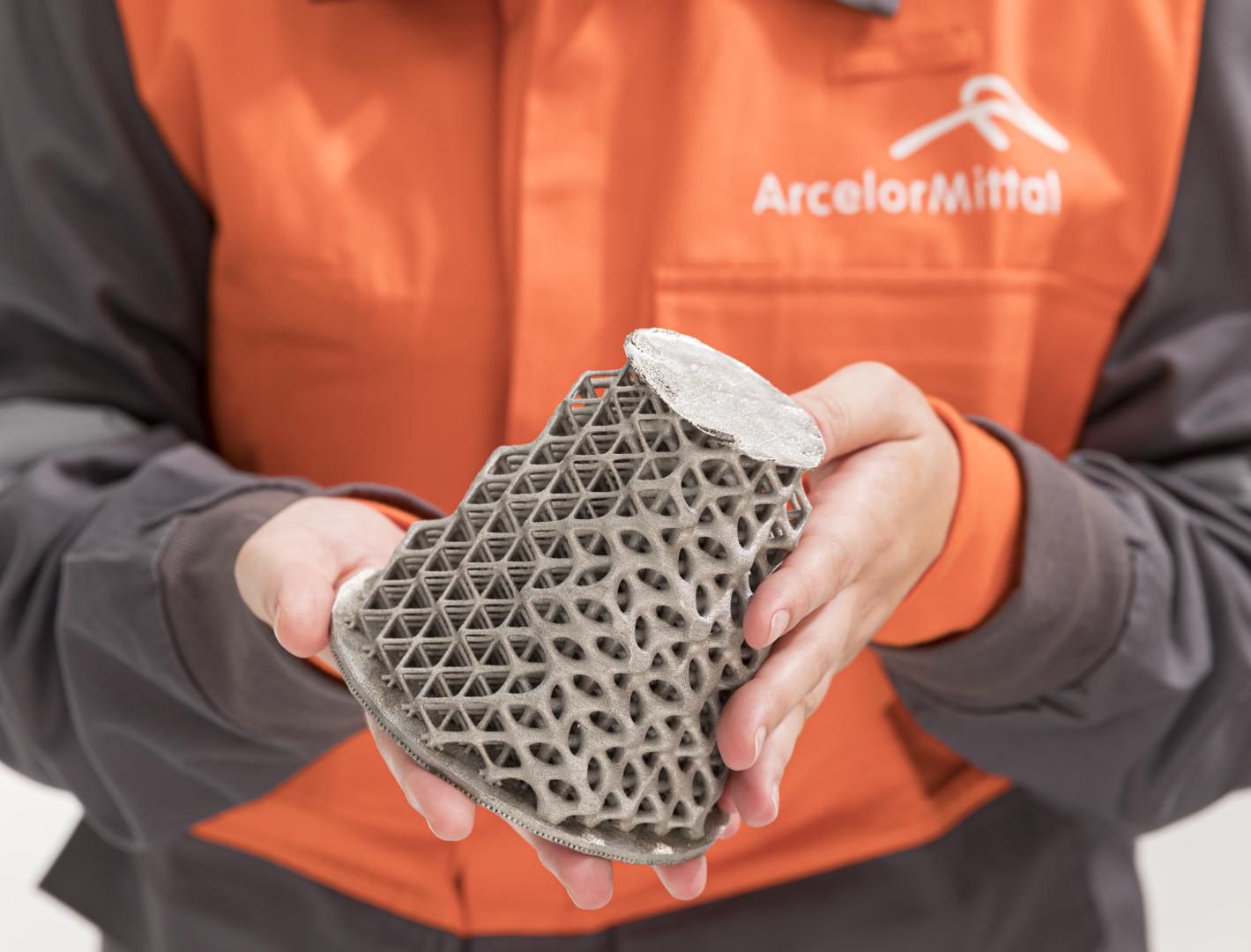White Paper 2: Does powder quality really impact LPBF performance?
ArcelorMittal Global Research and Development
White Paper 2: Does powder quality really impact LPBF performance?
ArcelorMittal Global Research and Development
August 2023
Introduction
Laser powder bed fusion (LPBF) is a rapidly growing additive manufacturing technique that can produce complex metal parts with high mechanical properties, corrosion resistance, and biocompatibility. The main challenges in LPBF are to achieve high productivity and quality while minimizing the cost per part and variability of the process. In a previous whitepaper, we showed that selecting the right printing strategy could improve the productivity of an LPBF system by 50% beyond the common approach of productivity optimisation based on the volumetric energy density (VED). But what other levers can be addressed?
Beyond printing parameters, one factor often considered to have a major influence on LPBF performance is the quality of the metal powder used as feedstock. The Particle Size Distribution (PSD) and morphology of the powder are thought to affect the flowability and packing density of the powder bed, as well as the absorption of the laser energy and the melting and solidification behaviour of the powder particles. These factors, in turn, can have an impact on the density, porosity, mechanical properties, and surface quality of the printed parts. Therefore, it is commonly assumed that a consistent and high-quality powder is essential for a reliable and efficient LPBF process.
However, is this assumption correct? How much does the powder quality actually affect the LPBF performance? And can the printing strategy, i.e. the movement and power of the laser beam, compensate for variability or inferiority in the powder quality?
In this whitepaper, we present the results of an experimental study that addressed these questions. We compared the performance of 316L stainless steel powders from two different suppliers, using two different printing strategies, on a MetalFAB1 4-laser system from Additive Industries. We measured the density and build rate of the printed parts, as well as the PSD, morphology, and chemical composition of the powders. The results were surprising.
Motivation
ArcelorMittal started using LPBF to produce spare parts for our steel-making operations. These spare parts are critical for the production reliability and availability, and therefore need to have high quality and fast delivery. However, with our limited LPBF capacity, we faced the challenge of printing fully-dense parts as quickly as possible.
To achieve this goal, we needed to understand and control the sources of variation that could affect the LPBF process and the part performance. While we had control over the part design and the printing parameters, we had less control over the powder characteristics, which depended on the supplier and the production batch. Moreover, we experienced difficulties in securing a consistent and reliable supply of powder due to the high demand and long lead times in the additive manufacturing market.
Therefore, we decided to investigate the relationship between the powder characteristics, the printing parameters, and the part quality. We wanted to know if we could make our LPBF process more robust and capable of handling different powder qualities, without compromising the part quality or productivity. We also wanted to know if we could optimize the printing strategy further to achieve higher performance than the default strategy provided by the machine manufacturer.

